Flange Fittings
Manufacturer, Exporters & Supplier of
Flange
What is Flange?
Flanges can be defined as an important element used to connect pipes, valves, pumps and other equipment together. They are one of the safety systems used to connect piping systems to various equipment. In addition flanges, which are the second most widely used joining method available today, provide various advantages to the system in which they are used. According to the place of use, it can be made of different materials such as brass, copper, iron. One of them is that it provides convenience by offering flexibility when maintaining pipe systems. As Riddhi Siddhi Impex, we manufacture any type of flanges and pipe spools according to your demands
What is a Flanged Connection? How are Flanges Connected to Pipes?
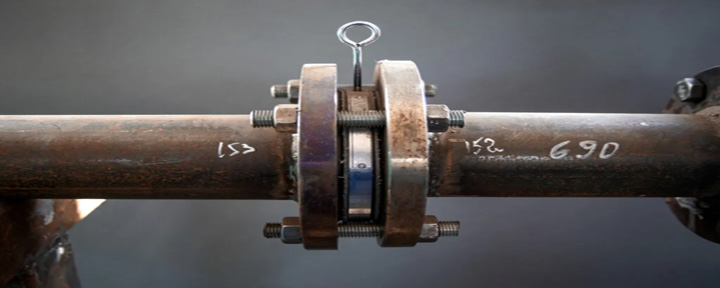
Flange connection allows the two materials to be joined by means of inner and outer lip parts. Decking is placed between them to prevent any problems that may occur. Then, the installers use the flanges to hold the bolts firmly.To ensure tightness when connecting flanges, sealing elements are used. In order to ensure a healthy seal, care should be taken to align the flanges and tighten the bolts with the same torque.
Usually, the flanges are threaded or welded, and you can connect the two flanges with the help of a gasket, which provides easy access to the piping system. These flanges include socket weld flanges, blind flanges, weld-decked flanges and slip-on flanges, etc. there are as many types available.The flanges provide the surface for sealing the gasket against applied forces and moving it around the gasket. The connection will allow easy disassembly and reassembly of pipes or removal of components.
What are The Types of The Flanges?
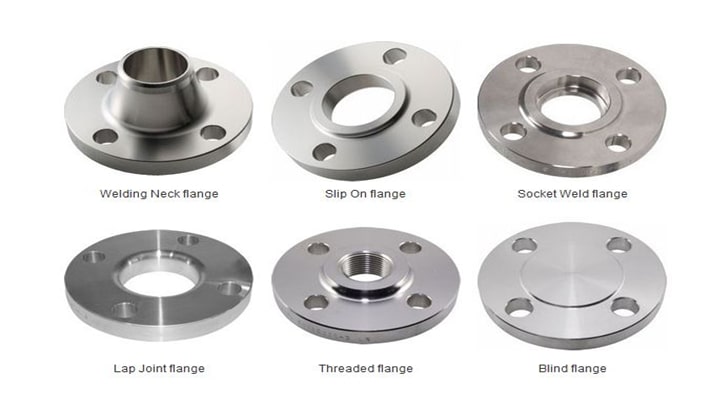
1-Slip-On Flange
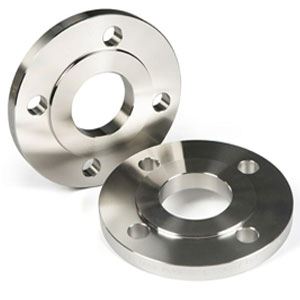
They are the flanges where the connection is provided by welding to the pipes located on the line both from the front and from the back. Decoupled flanges are connected to each other using bolt holes on them, and sealing is achieved by placing a gasket between the two flanges.
Know More
2-Weld Neck Flange
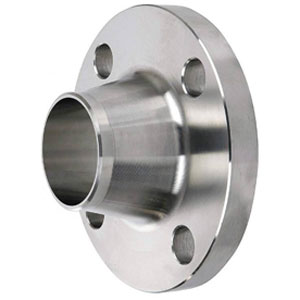
The weld neck flanges, which are connected to the pipes by welding face to face, are connected like flat flanges in order to ensure complete tightness.The difference between weld neck flanges and flat flanges arises due to the type of connection found. Decoiler flanges. They are joined to the pipes found by welding forehead to forehead. Sealing, on the other hand, is provided in the same way as with flat flanges.
Know More
3-Blind Flange
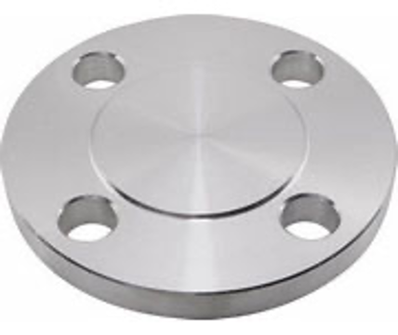 The blind flanges used in the termination of the lines are used against the possibility that the lines will be extended and continued later. Like other flanges, they are connected to other flanges with the help of a gasket to ensure the termination of the line.
The blind flanges used in the termination of the lines are used against the possibility that the lines will be extended and continued later. Like other flanges, they are connected to other flanges with the help of a gasket to ensure the termination of the line.
Know More
4-Socket Weld Flange
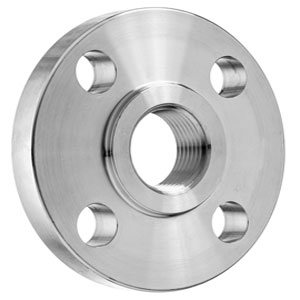 These flanges are used in the parts where pipelines are connected to machines. Because they can move on the line, they qualify as free flanges. After the free flanges are passed on the line, the collar is welded to the end of the pipe to prevent the flange from coming out of the pipe. There are no gaskets on the free flanges. Seal pressing surfaces are provided thanks to the surfaces located on the collars.
These flanges are used in the parts where pipelines are connected to machines. Because they can move on the line, they qualify as free flanges. After the free flanges are passed on the line, the collar is welded to the end of the pipe to prevent the flange from coming out of the pipe. There are no gaskets on the free flanges. Seal pressing surfaces are provided thanks to the surfaces located on the collars.
Know More
5-Lap Joint Flange
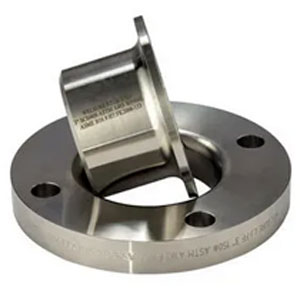 These flanges are used in the parts where pipelines are connected to machines. Because they can move on the line, they qualify as free flanges. After the free flanges are passed on the line, the collar is welded to the end of the pipe to prevent the flange from coming out of the pipe. There are no gaskets on the free flanges. Seal pressing surfaces are provided thanks to the surfaces located on the collars.
These flanges are used in the parts where pipelines are connected to machines. Because they can move on the line, they qualify as free flanges. After the free flanges are passed on the line, the collar is welded to the end of the pipe to prevent the flange from coming out of the pipe. There are no gaskets on the free flanges. Seal pressing surfaces are provided thanks to the surfaces located on the collars.
Know More
6-Threaded Flange
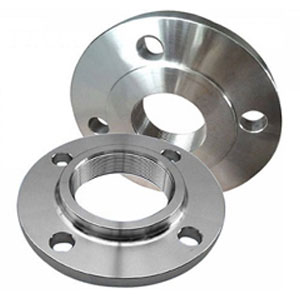 Threaded flanges, which are mainly used in lines where the pressure is low, are usually used together with nipples that are welded to the end of the line. These types of flanges, which are used by being welded to the nipples at the end of the line, have the same structure as flat flanges in other parts.
Threaded flanges, which are mainly used in lines where the pressure is low, are usually used together with nipples that are welded to the end of the line. These types of flanges, which are used by being welded to the nipples at the end of the line, have the same structure as flat flanges in other parts.
Know More